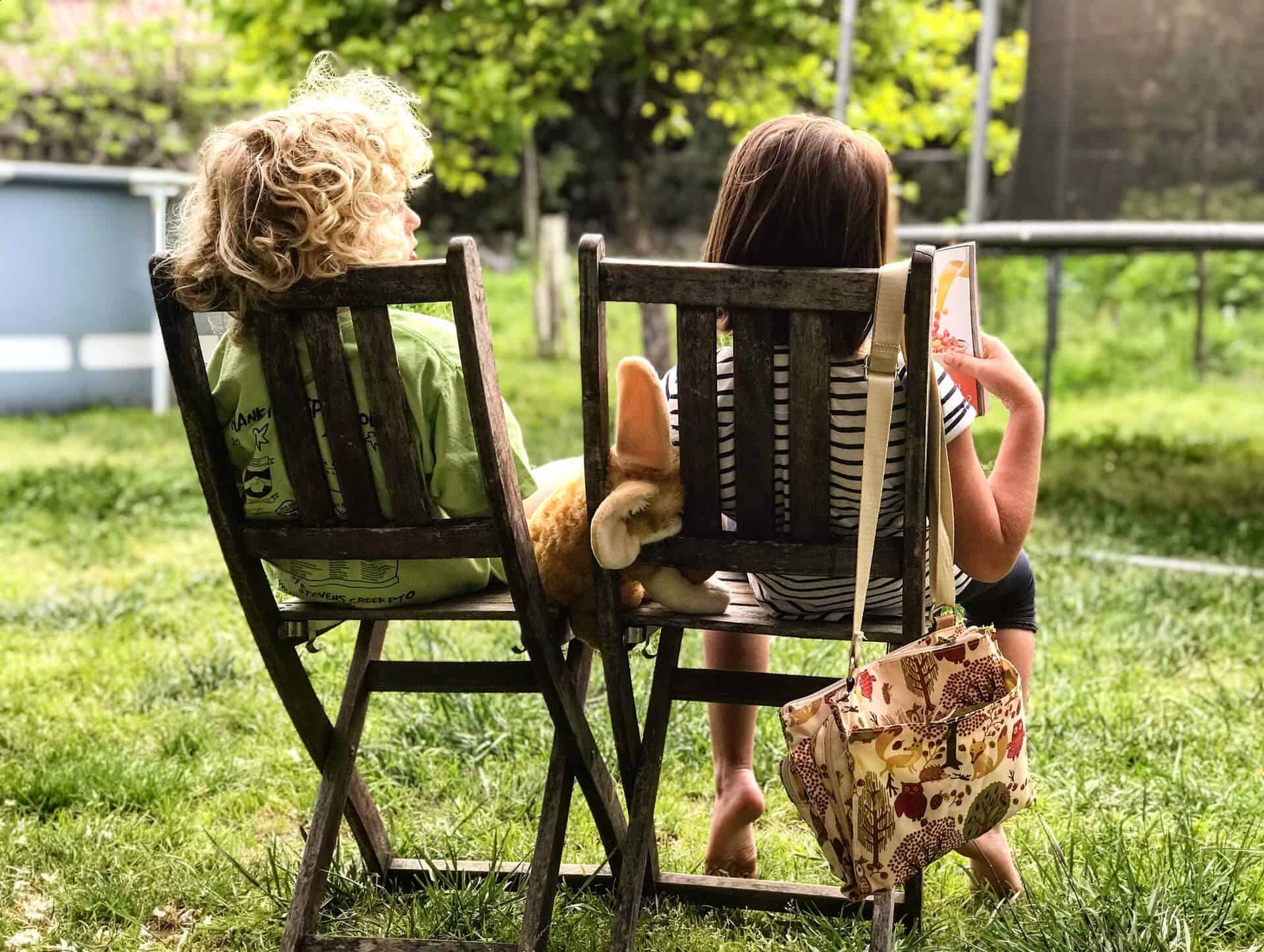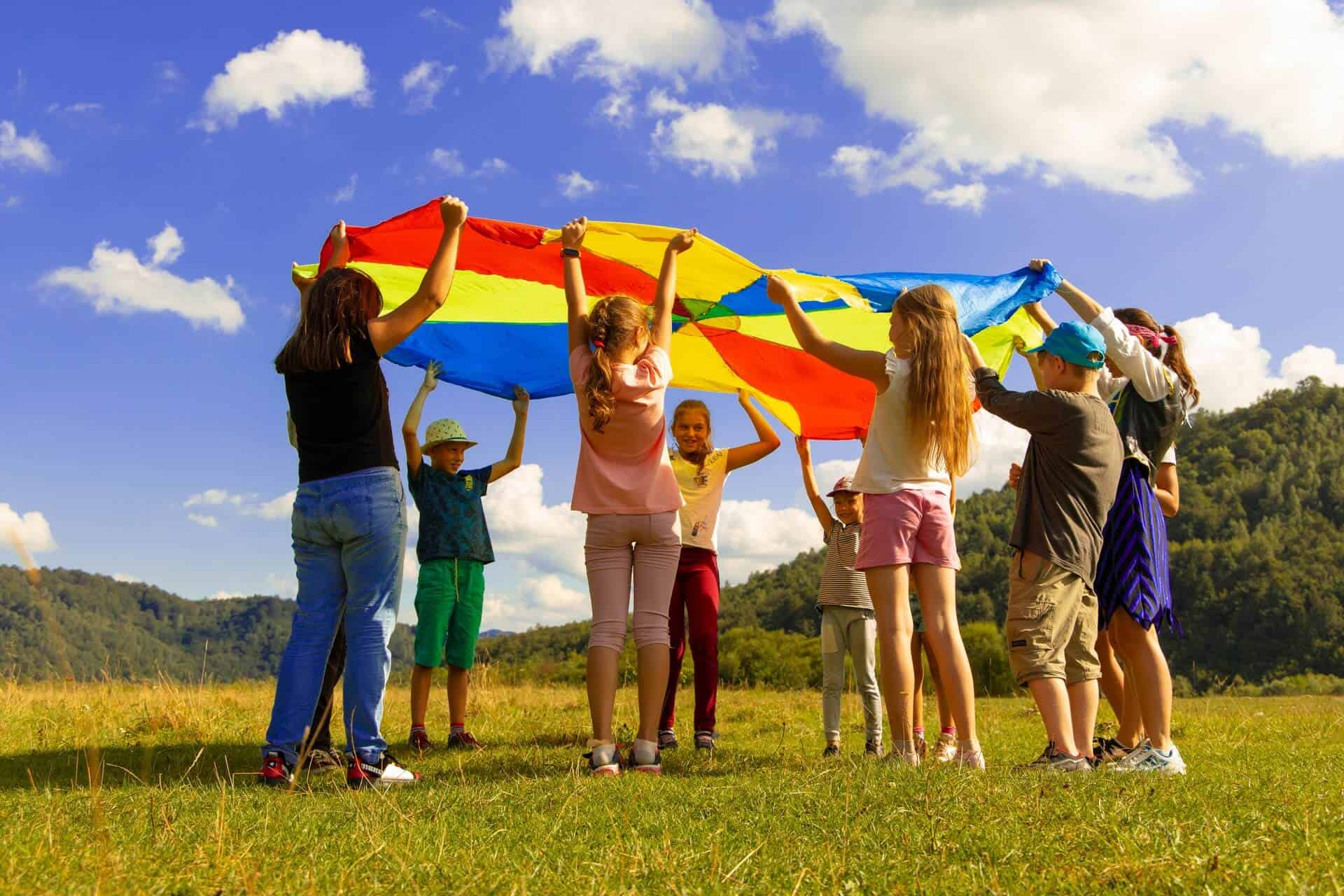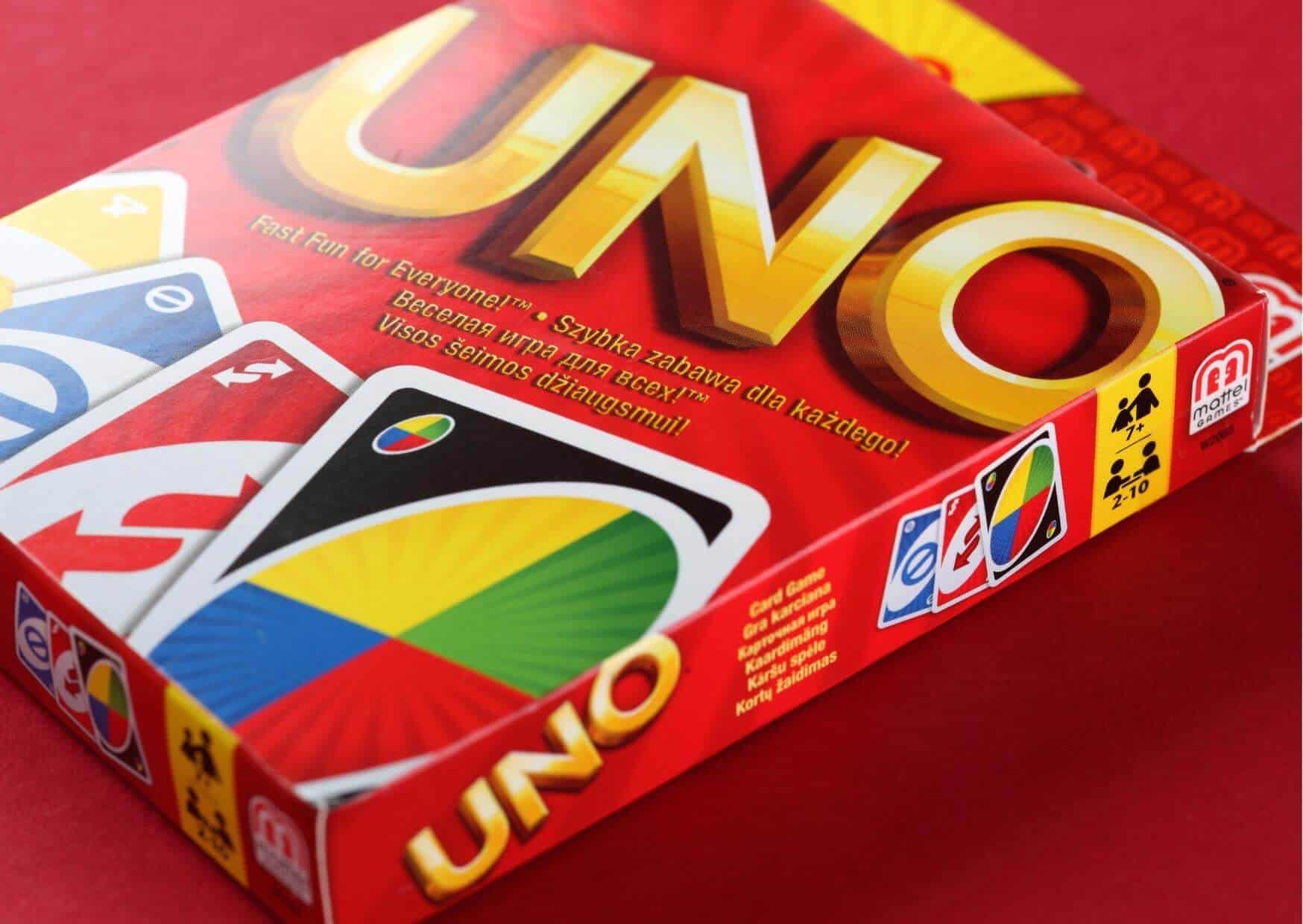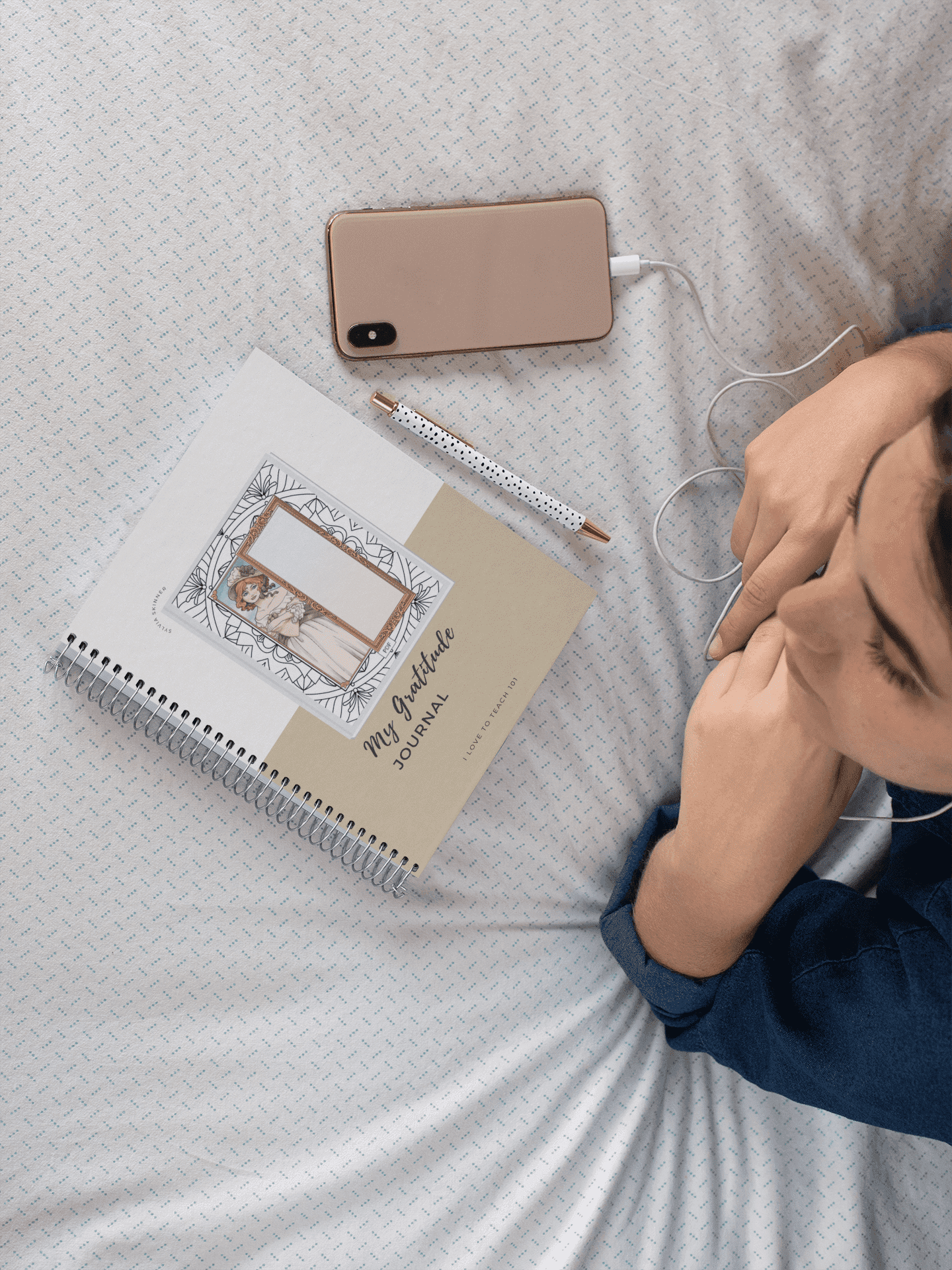9 Social Skills Activities Your Students shouldn’t Miss

Having an adequate amount of social skills is critical to students’ growth. Primary school is the best time to develop these skills, as young learners have an immense cognitive ability to absorb and apply new social interactions. Developing strong social skills helps children navigate friendships, resolve conflicts, and build confidence in group settings.
Social skills for group work
Lack of social skills is often a barrier to academic success in group work. Simply seating students together is not enough—many do not know how to interact appropriately with their peers.
Take Dave (not his real name), a grade four student I taught, who refused to engage in learning. His father was imprisoned for a crime that any child would find difficult to comprehend. Students like Dave often lack essential social skills, making cooperative learning tasks a challenge. Without explicit guidance, some students struggle to take turns, listen actively, or contribute effectively to group discussions.
Students without strong social skills may be more prone to introversion, which, while not inherently negative, can sometimes be linked to higher risks of social withdrawal. Research by Beth Esposito suggests that introversion can be a risk factor for depression and other antisocial behaviours. Teaching social skills in a structured way allows introverted students to feel comfortable engaging with their peers.

Social skills for non-verbal and vocal students
The social skills activities below cater to both verbal and non-verbal students. Often, non-verbal or hard-of-hearing students are labelled as less competent than their vocal peers, but that couldn’t be further from the truth.
Neurologist Tokuyama D. found that the brain is adaptable—if one sense is lost or reduced, others may become more refined. Hard-of-hearing students may develop heightened visual perception or enhanced cognitive processing skills.
Think of Ludwig van Beethoven, Thomas Edison, and Helen Keller—all of whom overcame communication barriers to achieve incredible things. Non-verbal students have the potential to excel, but they need tailored activities to develop their social skills.
So, here are nine social skills activities designed to support both verbal and non-verbal students.
1 – Act it Out
This activity enhances creativity and social understanding. Students randomly pick a slip of paper with a job, animal, or emotion written on it and act it out while their peers guess. This encourages expression, non-verbal communication, and teamwork.
📝 Modification: Use mini whiteboards so both verbal and non-verbal students can write their guesses. This allows all students to participate equally.
2 – Pictionary
A fun, interactive game that encourages teamwork and communication. Divide students into two groups, with one representative per team drawing an object without speaking while their peers guess. This is a fantastic way to build visual communication skills and peer collaboration.
💡 Why it works: This activity improves non-verbal communication, teamwork, and interpretation of visual cues. It also promotes problem-solving as students work together to guess correctly.

3 – Traditional Board Games
Games like Snap, Jenga, Uno, Drafts, and Monopoly teach cooperation, patience, and sportsmanship. As the teacher, act as a silent observer, taking notes on how students handle winning, losing, and teamwork.
🎲 Tip: Try team-based games where students work together to achieve a common goal. This fosters a sense of unity and shared responsibility.
4 – Improvisational Storytelling Activity (vocal)
Storytelling connects people. In this activity, students take turns creating a shared story based on a teacher-given topic. Each student builds upon the previous student’s contribution, requiring listening, comprehension, and creativity.
📖 Why it works: Enhances listening, creativity, and social interaction. It also gives students the opportunity to practice adapting their ideas to others’ contributions, strengthening collaboration skills.
5 – My Daily Journal
Journaling is a powerful tool for emotional growth and self-reflection. It allows students to process their emotions and empathise with others. Writing about daily experiences helps students articulate thoughts and navigate emotions in a structured way.
📓 Non-verbal students can use pictures and prompts such as “I feel …….. when I’m with ……..” to express emotions. These entries can be shared or kept private, depending on the student’s comfort level.
✨ Thought about keeping a Daily Gratitude Journal? Encouraging students to reflect on positive moments can significantly boost emotional resilience.

Thought about keeping a Daily Gratitude Journal?
6 – Find the Word
A classic word search activity that enhances both cognitive and social skills. Have non-verbal students work in pairs, using sign language or gestures to communicate their answers. This not only strengthens their teamwork but also promotes literacy development.
🔤 Bonus: This activity builds vocabulary and teamwork while reinforcing recognition of common words.
7 – Hide and Seek
A childhood favourite with social benefits! Modify the game so students must work in pairs to find the best hiding spot. This encourages communication and collaboration. Non-verbal students can use gestures to strategise where to hide. The truth is, however simple it may seem, it is suitable for both vocal and non-verbal students alike. It subconsciously teaches its players survivability and judgment.
🔍 Skill focus: Teaches strategy, teamwork, and problem-solving. It also nurtures trust between students as they rely on each other to stay hidden.
8 – How Do I Feel? (non-verbal)
There are two ways to let an elementary student out of their emotional closet: Asking them directly or, better yet, through an activity called “How do I feel?”
Students pick a card with an emotion and act it out for the class to guess. This game allows students to develop emotional intelligence and social awareness by recognizing and interpreting emotions.
😊 Non-verbal students can mime emotions and write their answers on whiteboards.
🧠 Why it works: Increases emotional awareness and empathy, helping students better understand their peers’ feelings.
9 – Puzzles
Puzzles enhance logical reasoning, patience, and teamwork. Assign small groups to collaborate on solving puzzles, using gestures and non-verbal cues to communicate. Working together to complete a puzzle fosters communication, turn-taking, and shared problem-solving.
🧩 Bonus: Encourages critical thinking and communication across different abilities. Puzzle-solving also improves focus and perseverance.
What’s your favourite social skills activity?
These activities are just a starting point. There are endless ways to support social skills development in both verbal and non-verbal students.
💬 Comment below with your favourite social skills activity—especially ones that are inclusive for all students!
